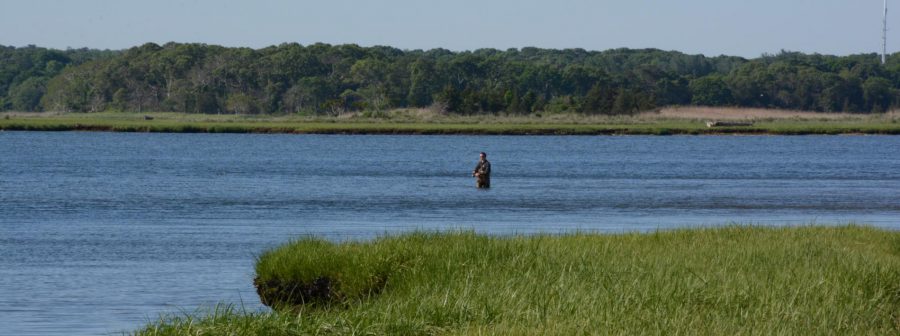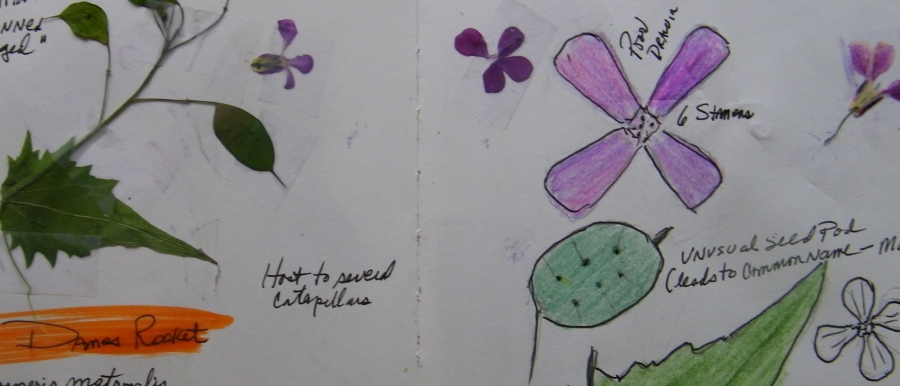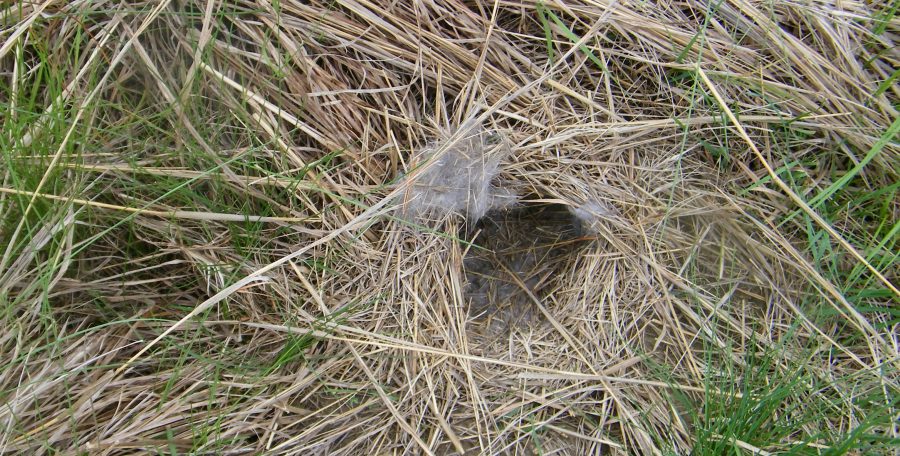 George Wallace writes poems from the sweat lodge of experience. Within his poetry, he chants and serves up incantations. The Jack Kerouac beat/Bebop has infiltrated every neuron of his brain.
George Wallace writes poems from the sweat lodge of experience. Within his poetry, he chants and serves up incantations. The Jack Kerouac beat/Bebop has infiltrated every neuron of his brain.
He chants in A SIMPLE BLUES WITH A FEW INTANGABLES with well-placed repetition as in “all night long and old chords and no chords.” His frequent repetition moves the poems along. They are fun to read and to listen to.
In OCTOBER RUNS LIKE A BE-BOP SHAKESPEARE more chants…”Let’s go spittle to mole, mole to molecule, man to man, cloud to toe and back again.” Here is a food web with words that feed on each other. Now George is on a vision quest leaving the city to go “upcountry.”







